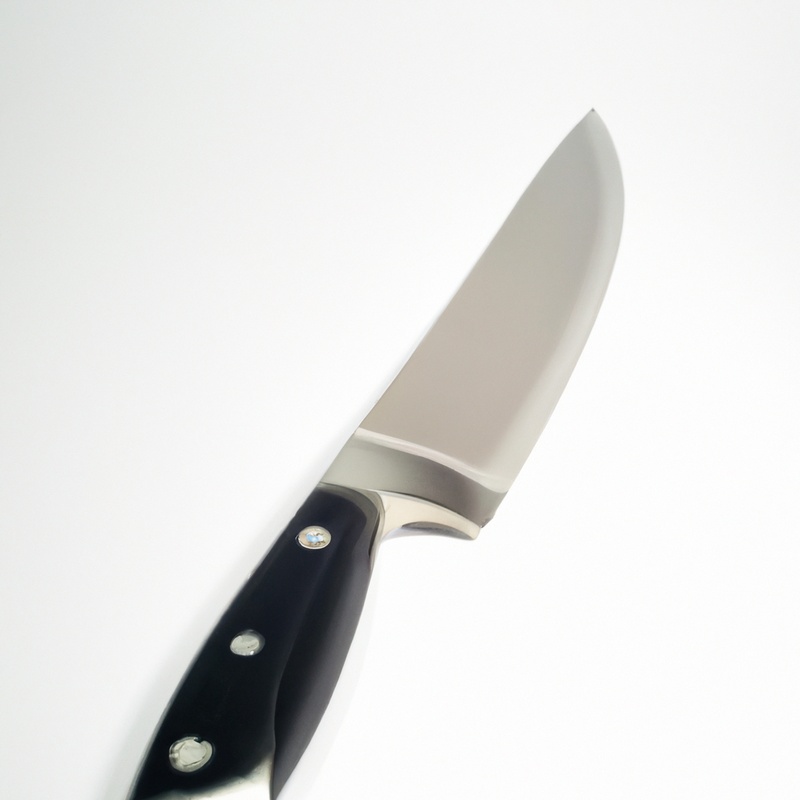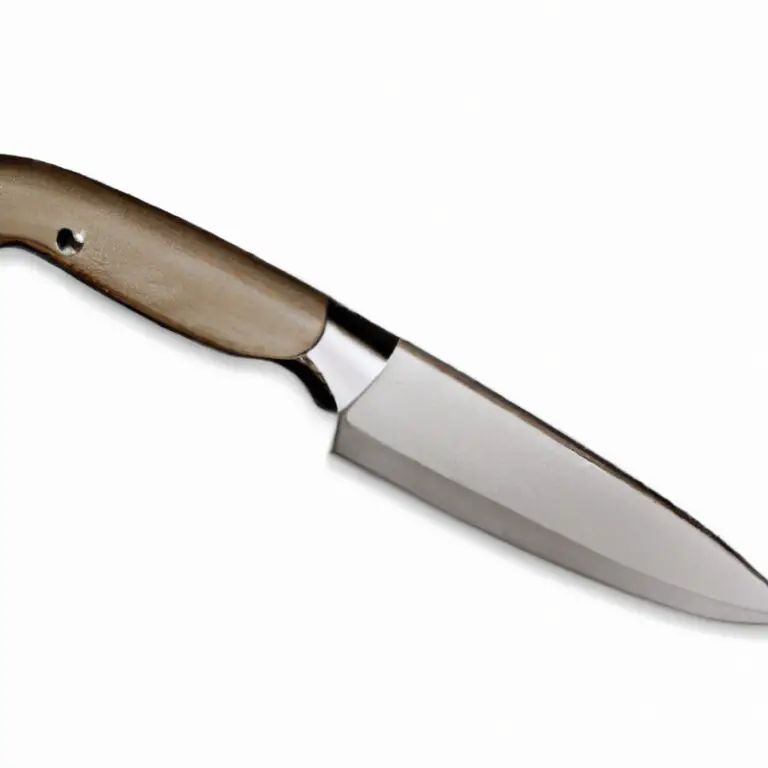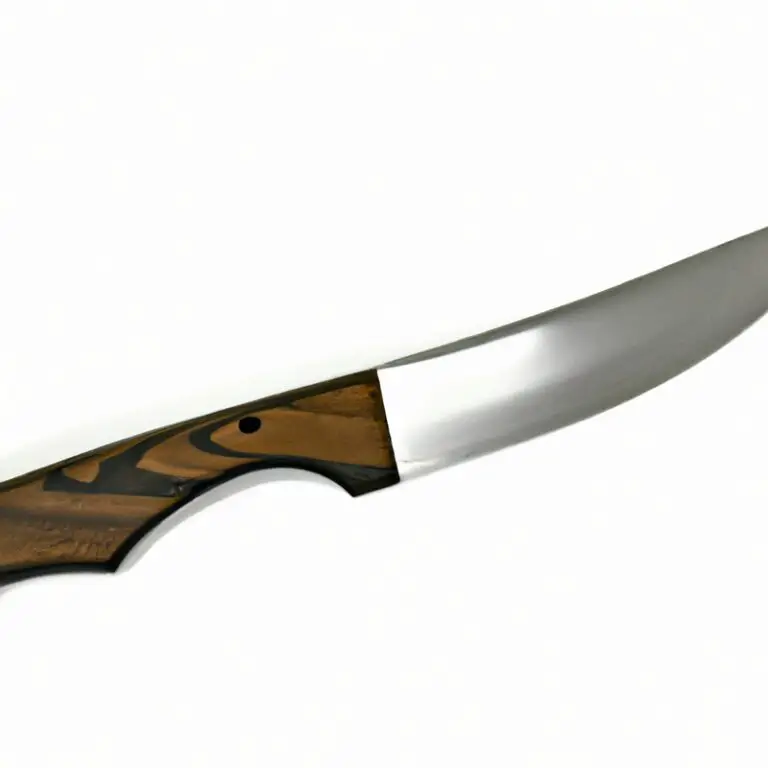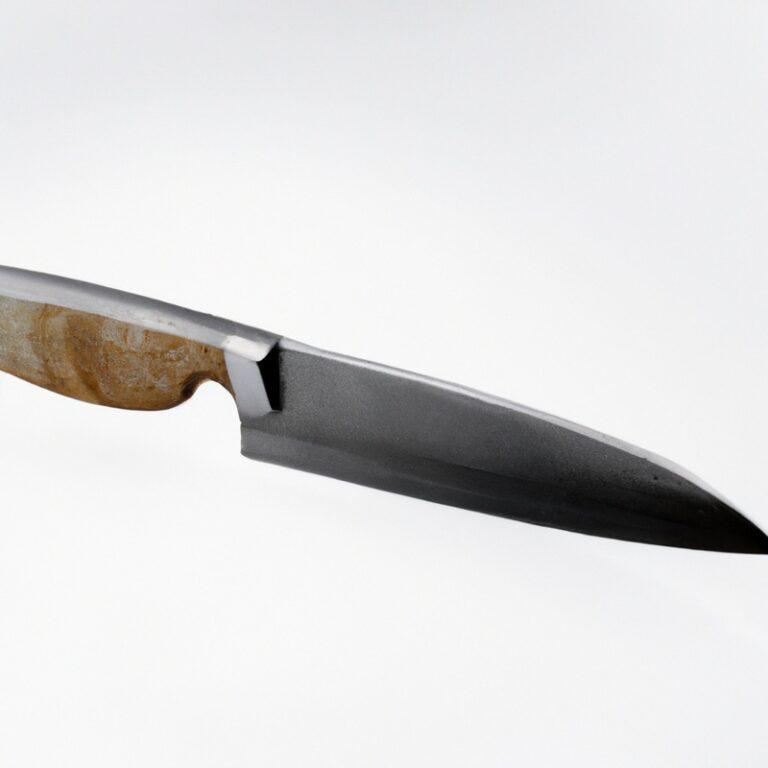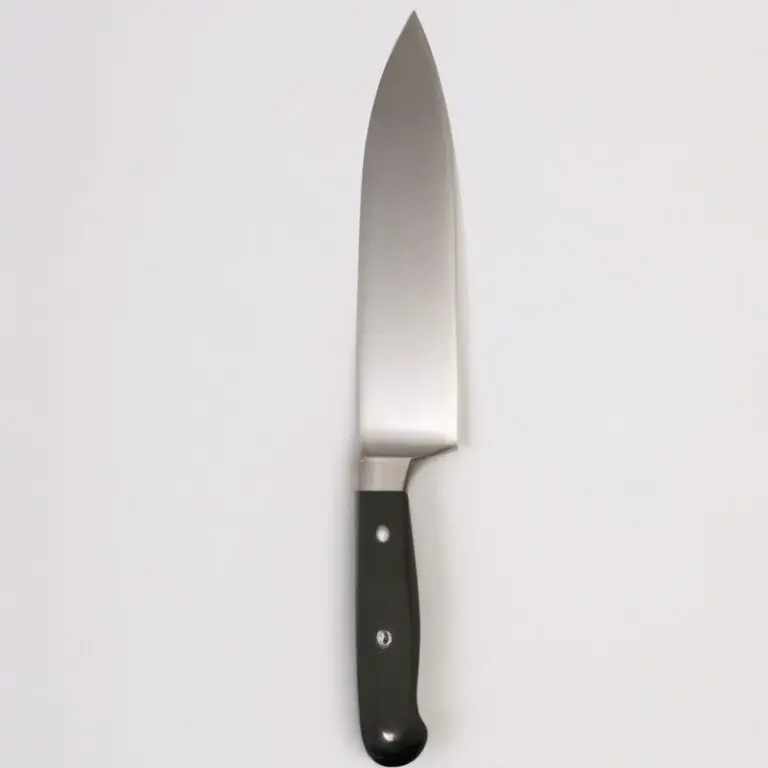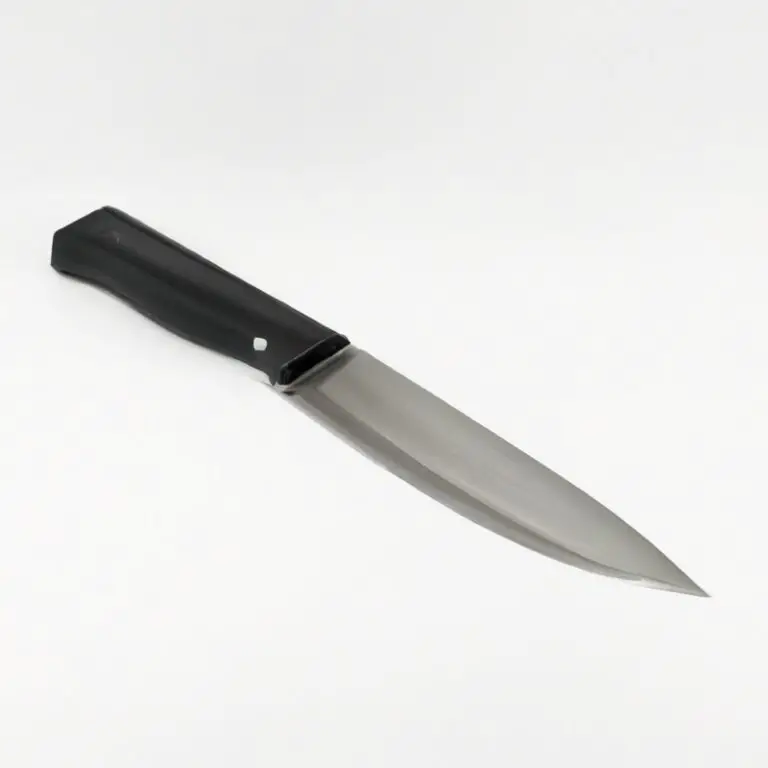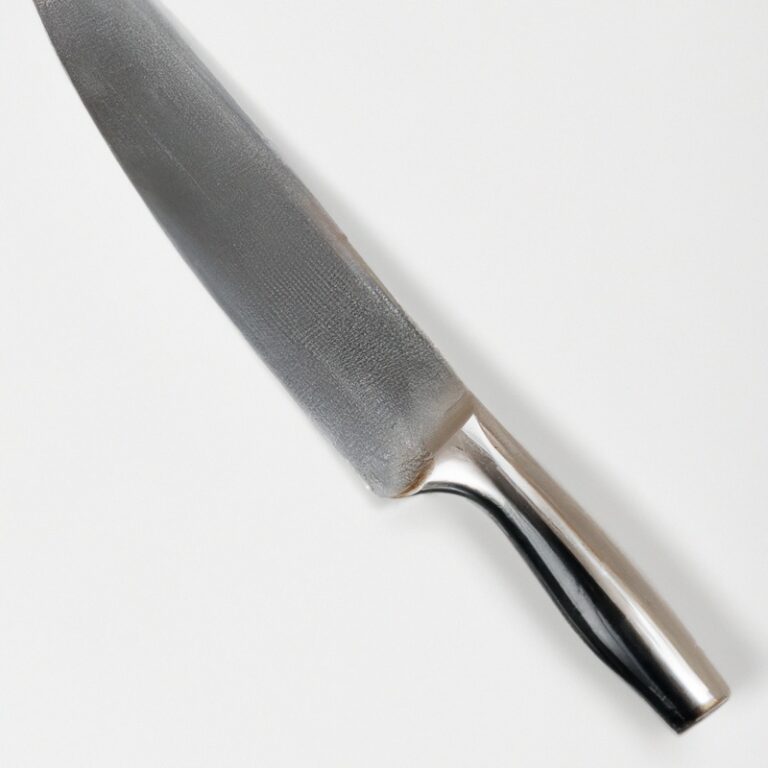What Are The Best Techniques For Filleting a Fish? Master The Art Like a Pro!
Key Takeaways:
- Use a sharp fillet knife and keep it clean to ensure precise cuts and avoid damaging the meat.
- Start with a clean and firm surface to make the process easier and use a flexible blade to follow the fish’s bones.
- Remove the skin by cutting it from the head to the tail and use a pair of pliers to grip the bones and pull them off gently.
- Practice regularly to improve your technique and save time while making the most out of your catch.
Do you struggle with filleting a fish? You’re not alone.
Filleting a fish might seem daunting but it’s necessary if you enjoy eating fish.
While there is no one-size-fits-all technique, there are some general tips and tricks that can make the process easier and more efficient. In this article, we’ll go through the anatomy of a fish, the tools required, how to clean and prepare the fish, scaling techniques, deboning, and so much more.
By the end, you’ll have all the information you need to successfully fillet a fish like a pro and enjoy a delicious meal.
| Pros | Cons | |
| 1. Traditional Method | -Simplicity -Requires minimal equipment -Works well for larger fish | -Can be time-consuming -May result in more waste -Requires some skill and practice |
| 2. Electric Fillet Knife | -Faster and more efficient -Precise cuts -Less waste produced | -Requires electricity or battery -Can be more expensive -May take some time to get used to |
| 3. Japanese Method | -Produces beautiful fillets -Minimal waste -Works well for small to medium fish | -Requires specialized knives -Can be difficult to learn -May take more time than other methods |
Understanding the Anatomy of a Fish
Before you start filleting a fish, it’s important to understand its anatomy. A fish’s body consists of a head, which includes the mouth, eyes, and gills.
The body is divided into three parts: the head, the trunk, and the tail.
Inside the fish, there is a spine that runs along the length of the body, and ribs that support the flesh. Fish also have scales covering their bodies, which must be removed before filleting.
Understanding the anatomy of a fish is crucial for filleting it properly.
Knowing the location of the bones and how to remove them will help you yield the maximum amount of flesh and avoid wasting any meat.
Proper Tools Required for Filleting Fish
When it comes to filleting fish, having the proper tools is essential for a successful and efficient process. Some of the essential tools you’ll need include a sharp fillet knife, a cutting board, a pair of scissors, and tweezers or pliers.
A sharp fillet knife is the most important tool for filleting fish.
A high-quality fillet knife with a flexible and sharp blade makes it easier to slice through the flesh and bones of the fish. Using a dull knife can lead to uneven cuts and make the process more challenging.
A cutting board is necessary for providing a stable surface to cut the fish.
It also helps to prevent the knife from dulling against hard surfaces. A pair of scissors helps with the removal of fins and other tough parts of the fish.
It can also be useful for trimming the edges of the fillet.
Tweezers or pliers come in handy for removing small bones, especially in delicate fish like trout or salmon. Investing in high-quality filleting tools is essential for a successful fish fillet.
When purchasing, look for tools made of durable materials and of good quality.
Having the proper tools can make the experience more enjoyable and ensure a smoother process.
Choosing the Perfect Fish for Filleting
Choosing the right fish for filleting is crucial to ensure that your filleting experience is successful. The ideal fish for filleting is one that has firm and meaty flesh, making it easy to remove the skin and bones.
Some of the best fish for filleting include salmon, trout, sea bass, and snapper.
When selecting a fish for filleting, there are a few things to keep in mind. Look for fish that are fresh and have clear eyes, shiny skin, and a fresh smell.
The gills should also be bright red, and the flesh should be firm to the touch.
It is also essential to choose a fish that is the right size for filleting. A small fish may be challenging to fillet due to the small bones, while a large fish may be too heavy to handle.
As a general rule of thumb, choose a fish that weighs between 1-5 pounds.
Lastly, consider the ease of filleting the fish. Some fish are difficult to fillet due to their bone structure or skin type.
Therefore, it is best to choose a fish with a straight backbone and smooth skin.
By keeping these factors in mind, you can ensure that you select the perfect fish for filleting and make the most out of your filleting experience.
How to Clean and Prepare Fish for Filleting?
Before filleting a fish, it’s essential to clean and prepare it properly. Start by rinsing the fish under cold running water to remove any loose debris, slime, and blood.
Next, use a sharp knife to scale the fish by scraping from tail to head or using a scaler tool.
If your fish is too large, cut it into smaller sections with a saw or cleaver. Once the fish is scaled, make an incision along its belly from head to tail, then carefully remove the guts, roe, and other internal organs.
Rinse the inside of the fish thoroughly and inspect it for any remaining bones or scales.
Do not forget to cut off the fins and the tail. Finally, pat the fish dry with a clean towel before filleting it.
Proper cleaning and preparation of the fish ensure better filleting results and a higher quality of the fish.
Techniques for Scaling a Fish before Filleting
Before filleting a fish, it’s important to scale it properly to ensure that no scales are left behind on the fillet. There are a few techniques you can use to scale a fish, including:
- Using a scaling tool: A scaling tool, such as a fish scaler or knife, can be used to scrape the scales off the fish. Hold the fish firmly by the head with one hand and the scaling tool with the other, then run the tool against the grain of the scales from the tail to the head.
- Using a spoon: If you don’t have a scaling tool, you can use a spoon to scrape off the scales. Begin at the tail and work your way towards the head, holding the fish firmly with one hand and the spoon with the other.
- Using a paper towel: Another method involves using a paper towel to remove the scales. Hold the fish firmly with one hand and rub the paper towel over the scales from tail to head, applying pressure as needed.
Whatever method you choose, be sure to rinse the fish thoroughly after scaling to remove any loose scales. Scaling the fish before filleting will help ensure that your fillets are clean and free of any stray scales.
Understanding the Spine and Ribs of a Fish
Understanding the spine and ribs of a fish is crucial for filleting a fish properly. The spine runs along the entire length of the fish and is made up of tiny vertebrae.
It is important to make the first cut along the spine to separate the fillet from the bones.
The ribs of the fish are thin, flexible bones that extend from the spine to the belly. It is important to cut close to the spine while removing the ribs to get the most out of your fillet.
When filleting a fish, you’ll want to use a sharp fillet knife to ensure that you have precise control over your cuts.
Take your time when removing the flesh from the spine to ensure that you don’t leave any bones behind. Understanding the spine and ribs of a fish is important to create a high-quality fillet that is free from bones.
With practice, you’ll be able to fillet a fish quickly and efficiently, making it easy to enjoy your fresh catch at home.
How to Cut the Head and Tail Off a Fish?
To cut the head off a fish, place it on a flat surface, use a sharp knife, and cut behind the gills towards the head, making sure to slice through the bone. For the tail, hold it firmly, make an incision through the skin along the bottom of the tail, and cut through the backbone.
Alternatively, you can use a pair of scissors or shears to cut off the head and tail.
Remember to dispose of the head and tail properly.
Removing the Skin Using Different Techniques
When it comes to removing the skin from a fish, there are a few techniques that you can use. One method is to use a fillet knife to separate the flesh from the skin, starting at the tail and angling the knife towards the head.
Another technique involves using a pair of pliers or a fish scaler to grip the skin and pull it away from the flesh.
Finally, you can also use a sharp knife to make small incisions in the skin and then gently pull it away from the fish in strips. Whatever method you choose, it’s important to work carefully to avoid removing too much of the flesh.
Best Practices for Deboning the Flesh of a Fish
When it comes to deboning the flesh of a fish, there are a few best practices to keep in mind. Firstly, always use a sharp and flexible fillet knife to avoid damaging the flesh.
Secondly, make small and precise cuts along the bones to ensure maximum yield of edible flesh.
Thirdly, use your fingertips to locate and feel for the bones to remove them properly. It’s also important to remove the pin bones, which are the small, thin bones that can be found in the fillet.
You can use tweezers or a specialized pin-bone remover for this step.
Lastly, take your time and practice regularly to hone your deboning skills and improve your efficiency. By following these best practices, you can enjoy perfectly deboned fillets that are ready for cooking and consumption.
Tips for Preparing a Boneless Fillet of Fish
When it comes to preparing a boneless fish fillet, there are a few tips and tricks to make the process smooth and successful:
- Use a sharp knife: A dull knife will make the process harder and potentially ruin the fillet.
- Remove any remaining bones: Check for any remaining bones using your fingers or a pair of tweezers.
- Trim the edges: Trim off any remaining fins or skin from the edges of the fillet.
- Rinse the fillet: Rinse the fillet in cold water and pat it dry.
- Store properly: Store the fillet in an airtight container or wrap it tightly in plastic wrap and keep it in the refrigerator until ready to prepare.
By following these tips, you can prepare a perfect and delicious boneless fish fillet that is ready to be cooked and enjoyed in your favorite recipe.

Common Mistakes to Avoid while Filleting Fish
Common Mistakes to Avoid while Filleting Fish:
- Using a dull knife. Dull knives make it harder to fillet a fish and can lead to injuries.
- Applying too much pressure. While filleting a fish, using too much force can cause you to cut through bones and make the flesh tear, ruining the fillet.
- Not removing all the bones. Leaving any bones behind can be hazardous and ruin the eating experience.
- Cutting too close to the skin. When removing the skin, cutting too close to the skin can waste flesh and make it much harder to remove it from the fillet.
- Not keeping the fish clean. Proper hygiene is important, always wash your hands and knives.
- Not following the shape of the fish. Every fish has a unique shape and filleting technique. Be sure to study the fish and determine the best approach.
- Not paying attention to the direction of the cut. Cutting in the wrong direction can ruin fillets and lead to skin left on the flesh.
By avoiding these common mistakes, you’ll be able to fillet your fish perfectly every time.
Safety Precautions while Filleting Fish
Safety Precautions while Filleting Fish:
- Use a sharp and sturdy knife, specifically made for filleting fish, to prevent injuries and accidents.
- Always cut away from your body and keep your fingers and hands away from the path of the knife.
- Keep the filleting area clean and tidy to avoid slips and falls.
- Use a cutting board with a non-slip base and place a damp towel underneath it to prevent it from sliding.
- Wear protective gloves and goggles to avoid fish scales, bones, and other debris from entering your eyes and causing injuries.
- Be cautious while dealing with the fish’s head, tail, and fins as they are sharp and can cause severe cuts.
- Do not fillet fish near other kitchen appliances or equipment to prevent cross-contamination.
- Dispose of the fish scraps and waste appropriately to avoid attracting pests, bacteria, and other harmful microorganisms.
- Wash your hands thoroughly with soap and water before and after filleting fish to prevent the spread of bacteria.
Remember, following these safety precautions while filleting fish can prevent accidents, injuries, and ensure that food is safe for consumption.
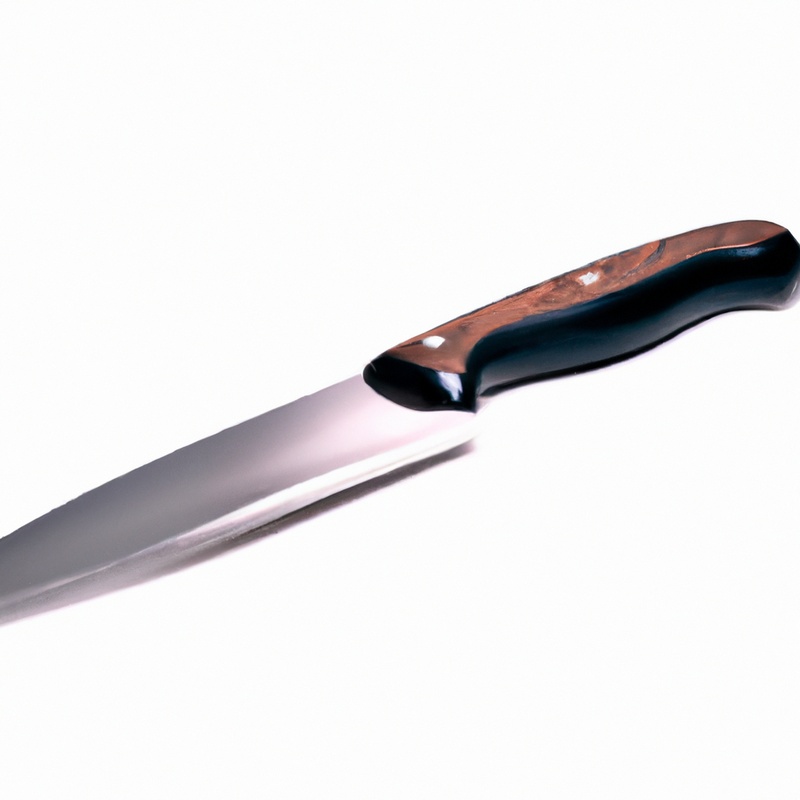
How to Store and Preserve Filleted Fish?
Once you have filleted your fish, it’s essential to store and preserve it correctly to maintain its quality and freshness. The first step is to clean the fillets thoroughly and pat them dry.
Then, wrap them tightly with plastic wrap or store them in an airtight container to prevent moisture from seeping in.
For short-term storage, you can keep the fillets in the refrigerator for up to three days. However, for more extended periods, it’s best to freeze them.
To do this, wrap the fillets in a layer of plastic wrap and then in a layer of aluminum foil.
Label them with the date and type of fish and place them in the freezer. If you plan to freeze the fillets for an extended period, consider vacuum sealing them to prevent freezer burn.
Before cooking the frozen fillets, allow them to thaw slowly in the refrigerator overnight.
Avoid defrosting them at room temperature as this could lead to spoilage and bacterial growth. When handling fish, hygiene is crucial, and you must follow safety measures to avoid contamination.
Always wash your hands and equipment before and after handling fish.
Additionally, store your fillets separately from other foods, especially those with a strong odor. In summary, store and preserve your filleted fish correctly by wrapping them tightly to prevent moisture from seeping in, labeling them with the date and type of fish, and taking hygiene and food safety precautions.
This way, you can ensure that your fillets remain fresh and of high quality, ready to be cooked to perfection.
Mouthwatering Recipes for Cooking Filleted Fish
Once you have successfully filleted your fish, it’s time to cook it in a mouthwatering way. Here are a few recipes to try out.
- Grilled Fish: Marinate your fish with spices of your choice and grill it on a charcoal grill or electric grill.
- Fish Tacos: Season and pan-fry your fish fillets, then serve with warm tortillas, fresh vegetables, and your favorite sauce.
- Fish and Chips: Dredge your fish fillets in a crispy batter and deep fry them to a golden brown. Serve with fries and tartar sauce.
- Pan-Fried Fish: Roll your fish fillets in seasoned flour and sauté them in butter until crispy and brown on both sides.
- Fish Curry: Use your favorite curry powder and coconut milk, along with onions and tomatoes, to create a flavorful curry sauce to simmer your fish fillets in.
No matter which recipe you choose, make sure to cook your fish until it is cooked through and tender. And don’t be afraid to experiment with different spices and flavors to find your favorite way to cook filleted fish.
Final Verdict
Filleting a fish can seem like a daunting task, but with the proper knowledge and techniques, it can be a rewarding endeavor. Whether you are an experienced angler or a novice cook, learning how to fillet a fish properly can enhance your skills and provide a delicious meal.
Remember to choose the right tools, understand the anatomy of the fish, and properly prepare it before filleting.
Always prioritize safety and avoid common mistakes. With practice, you can master the art of fish filleting and enjoy mouthwatering recipes that highlight the flavors and textures of fresh fish.
Trust in the information presented in this article and take action towards becoming a skilled fish filletier.
Happy cooking!

